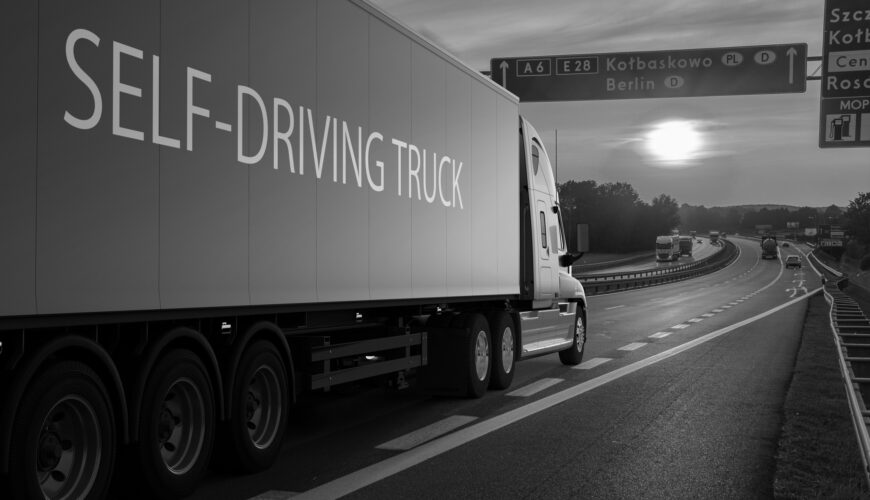In several states, trials are underway on the nation’s highways to see how well autonomous shipping works in the form of commercial trucks and how they can fare as autonomous vehicles (AVs). The use case is certainly there, as the truck driver shortage continues seemingly into infinity. However, the development of AVs is still a work in progress, and at the federal level, there’s been no green lighting for long-haul, interstate AV trucks. Uncertainty remains about the safety of driverless trucks, and it will still be some time before the supply chain fully benefits from their use.
But now there’s a push to employ autonomous transoceanic commercial cargo ships, too. However, whether unhelmed ships can become a reality remains a big question. The push is fueled by the same quickly evolving technology allowing AV trucks to hit the roads. These include advances in camera technology, sensor technology, actuators, and satellite technology. Some organizations, including the International Maritime Organization, are already working on how autonomous commercial vessels might fit into maritime law.
Despite all the interest, however, autonomous vessels might be much harder to pull off than commercial AV trucking. They pose risks and might be more expensive to operate than manned vessels. Both are distinguishing factors from the AV trucking model.
Captains of today’s commercial vessels are highly trained merchant mariners who can make critical, instant decisions when necessary. They are tasked with ensuring commercial shipping is secure and efficient and that the ships can operate within budgets.
Consider, for instance, the many rounds of Houthi rebel attacks taking place in the Red Sea. To date, around 30 ships have been attacked by missiles or drones. Without the quick thinking of the professional mariners, damage to the ships and their cargo could be far more substantial, and loss of life could be in play as well.
While the prospect of autonomous vessels might seem appealing on a financial level—presumably by recapturing the salaries paid to captains and crews—that’s likely a false argument. To make a system of autonomous vessels work, commercial shipping companies would need to hire new technicians and operators. The cost of the equipment itself is also a significant cost burden, which likely exceeds a crew’s salaries.
There are other questions in play, too when it comes to autonomous shipping. In theory, autonomous ships could be safer than manned ships, but there’s no proof of that yet. And reaching the point of fully autonomous vessels, with zero need for human intervention, is likely a long way off. Right now, no control system is advanced enough to see an autonomous ship through days of navigation across the oceans. Safe navigation today requires a highly trained staff and crew. Finally, the susceptibility of all that potential technology to hacking and interference is a big question mark that needs addressing before autonomous shipping can become a reality. For now, look for AV commercial trucking to beat–by a long shot—the timing of autonomous commercial shipping.
How does commercial autonomous shipping compare to AV trucking? Learn how far this technology has come and where it is headed.


